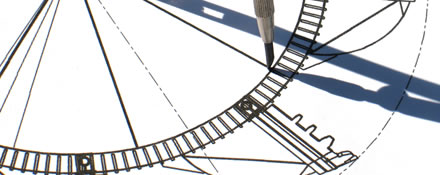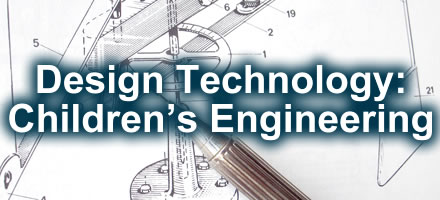
Lesson 1: Aesthetics and Practicality

It is possible to make a car that is crash proof. We have that capability. But the car would be so heavy, so inefficient, so expensive and so ugly that there is no point in doing so. An engineering solution to a problem must be practical---it must fulfill the design criteria at a reasonable cost. And today's engineered solution to a problem is judged more and more on its aesthetic value.
In this lesson, students go from a simple redesign of a classic object to creating an entirely new package for a fragile material. In each activity, students address all design constraints, and balance the practicality of the solution against its cost.
A. Established Goals
NSES Science and Technology Content Standard E: As a result of activities in grades K-4, all students should develop
- Abilities of technological design
- Understanding about science and technology
- Abilities to distinguish between natural objects and objects made by humans.
NCSCOS Science Strand: Science and Technology in Society (grades K-5)
Technology as design is analogous to science as inquiry. All students should engage in problem solving by designing, building, and testing solutions to real-world problems. By applying critical thinking skills and knowledge of materials, learners can compare and assess technological devices for costs, benefits, applications, practicality, environmental impact, safety, and convenience.
The goals and objectives for technological design call for students to accumulate the skills necessary to:
- Identify and state a problem, need, or product
- Design a solution including cost and risk/benefit analysis
- Implement and evaluate the solution
- Accurately record and communicate observations.
B. Understandings
- Students will understand
-
- problems often have multiple solutions but the cost/benefit ratios may be different
- when designing solutions to a problem, there may be many constraints that need to be addressed
- solutions to problems need to be evaluated on how well the product or design both solved the problem and stayed within the design constraints
- the solution to one problem may inadvertently create a new one
- Students will know
-
- how to identify a simple problem to solve
- how to work within design constraints to solve a problem
- use appropriate technology to create a solution to a problem
- Students will be able to
-
- make a model of a solution to a problem
- analyze the costs and benefits to a variety of solutions
- use mathematical concepts (measuring, money, etc.) while working towards a solution
C. Essential Question
How can a solution to a packaging problem be affordable, effective and aesthetically pleasing all at the same time?
Assessment Evidence
A. Performance Task
After a series of activities, students will receive a design brief with the challenge of designing a new package for a fragile object---in this case, some cookies. Within a strict set of criteria, students will create a package for several of them. The packages will be addressed to the students themselves at school and then taken to a post office to be mailed. Students will be assessed on how well the packaging protected the cookies as well as how the package looked and how much it cost.
B. Other Evidence
- Data sheets for other activities
- Observations
Learning Plan
Time required for the activities in this lesson
- Paper Cup Challenge-45-60 minutes
- Push-Me, Pull-Me Toys-2 45-60 minutes sessions
- Marshmallow Catapults-2 45-60 minutes sessions
- Performance Task: Eco-Packaging-3 45-60 minutes sessions, several days apart
- Paper Cup Challenge Lesson
- Push-Me, Pull-Me Toys
- Marshmallow Catapult
- Eco Packaging
Plans and materials sheets are available in the "Supplemental Files" section of this page.

